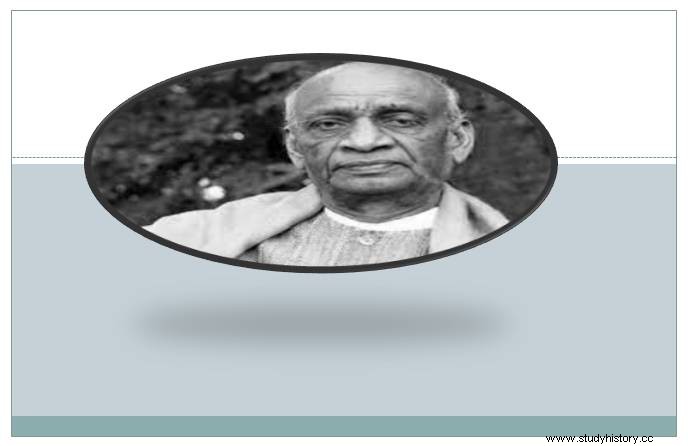
As soon as the princely department came into existence on 5 July 1947, Sardar Patel appealed to the native kings to join the Union of India before 15 August 1947. The native states would have to hand over three subjects of public interest - defence, foreign affairs and communications, to the Union of India, which they had earlier approved during the Cabinet Mission Plan. The Union of India is not asking for anything more from him than this.
The Union of India does not intend to interfere in the internal affairs of the native states. The policy of the princely department in dealing with the states will not be that of authority. Congress has not been against kings. The native kings have always expressed their faith towards patriotism and public welfare.
At the same time, Patel also warned the kings that if any king thinks that British supremacy will be transferred to the kings, then it will be the mistake of that king. Supremeness lies in the people.
In a way, this declaration was an invitation to the kings to join India on the basis of common existence. According to Sardar, this proposal was better than the subordinate treaties made by the princely states with the British government in the past.
In this way, the first dice was thrown by Patel and Menon to surround the native kings and merge them into the Union of India, as a result of which the king of Bikaner, Sadul Singh, once again immediately welcomed this announcement of Sardar Patel and requested his brother kings. That they should hold the hand of friendship thus extended and give full support to the Government of India so that India can achieve its goal quickly, but most of the kings believed that they should listen to Corfield instead of Patel.
The princely department has prepared two types of forms for the entry of native states into India or Pakistan - entry deed and agreement letter as the case may be. The entry deed was a kind of reconciliation paper by which any king could enter the Indian Union. This entry was for those big princely states whose rulers had full rights. The number of these princely states was 140. In the Kathiawar region of Gujarat 300 princely states were called Jagirs.
Some of these jagirs were annexed to the neighboring large states in the annexation plan in AD 1943, but with the end of the paramountcy, the annexation plan was also to be abolished. Therefore, the thikadars and talukdars of these jagirs demanded that they should be brought to the status of 1943 and they should be looked after by the Government of India as was being done by the political department.
Separate entry records were made for these bases and taluks. There were more than 70 states in Kathiawar, Central India and Shimla Hills whose office was higher than that of Thikanedars and Tulqdars but they did not have full ruler status. A separate entry deed was created for such states. Sardar Patel's goal was to bring these flocks of kings to the Union of India.
